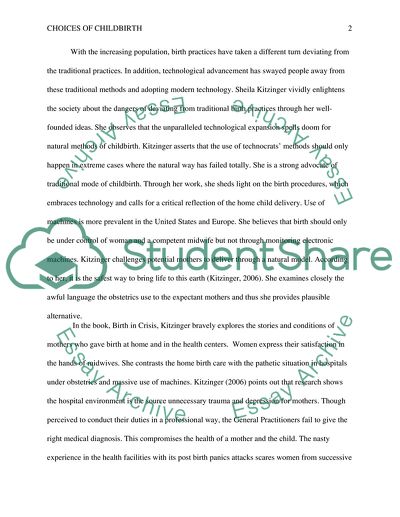Cite this document
(“Choices in Childbirth : Ideas and Theories in work by Sheila Kitzinger Essay”, n.d.)
Choices in Childbirth : Ideas and Theories in work by Sheila Kitzinger Essay. Retrieved from https://studentshare.org/anthropology/1591117-choices-in-childbirth-ideas-and-theories-in-work-by-sheila-kitzinger
Choices in Childbirth : Ideas and Theories in work by Sheila Kitzinger Essay. Retrieved from https://studentshare.org/anthropology/1591117-choices-in-childbirth-ideas-and-theories-in-work-by-sheila-kitzinger
(Choices in Childbirth : Ideas and Theories in Work by Sheila Kitzinger Essay)
Choices in Childbirth : Ideas and Theories in Work by Sheila Kitzinger Essay. https://studentshare.org/anthropology/1591117-choices-in-childbirth-ideas-and-theories-in-work-by-sheila-kitzinger.
Choices in Childbirth : Ideas and Theories in Work by Sheila Kitzinger Essay. https://studentshare.org/anthropology/1591117-choices-in-childbirth-ideas-and-theories-in-work-by-sheila-kitzinger.
“Choices in Childbirth : Ideas and Theories in Work by Sheila Kitzinger Essay”, n.d. https://studentshare.org/anthropology/1591117-choices-in-childbirth-ideas-and-theories-in-work-by-sheila-kitzinger.


